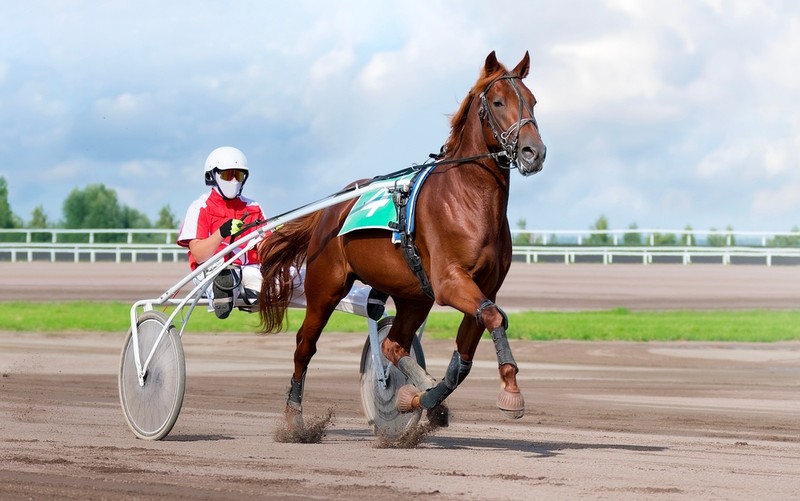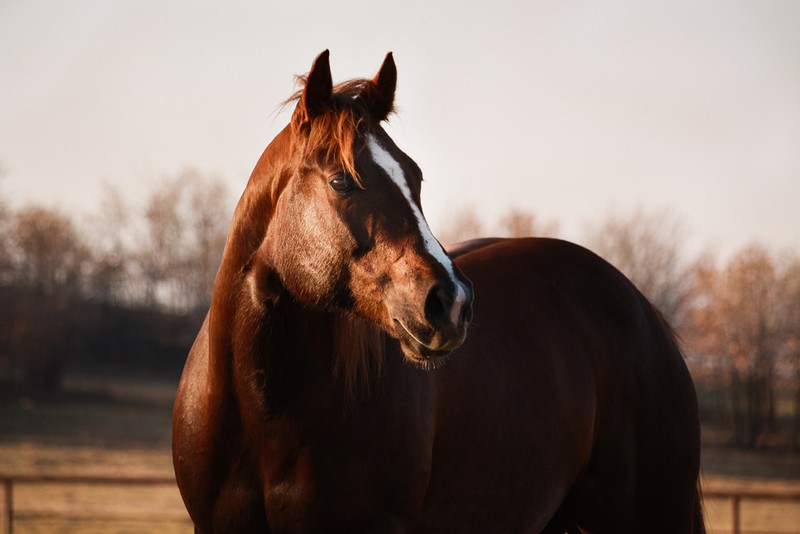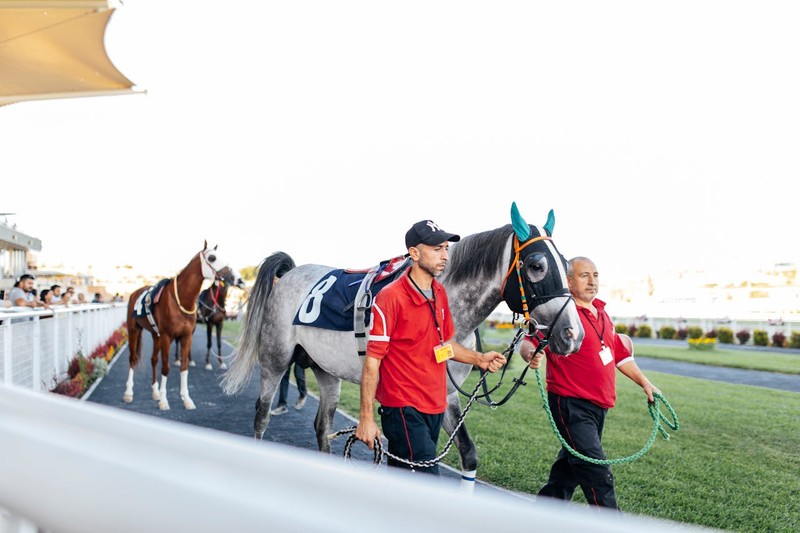There’s something about horse racing that pulls people in. Maybe it’s the speed, the atmosphere at the track, or how one good run can change everything. Fans don’t just watch; they study the sport, follow the horses, and place their bets with real intent.
Some breeds have a stronger track record in races than others. A lean, muscled Thoroughbred sprinting across the finish line or a Standardbred pulling ahead in a harness race keeps fans returning. The horse’s breed often hints at how a race might play out, and patterns don’t go unnoticed by seasoned followers.
Let’s take a closer look at some of the top horse breeds in the racing world, and why they’ve earned their place in the spotlight.
Thoroughbred
Anyone familiar with horse racing will likely know the name Thoroughbred. These horses are recognised for their long legs, lean frames, and impressive speed. They dominate flat racing and are used in many of the world’s most prestigious events.
Secretariat, a famous Thoroughbred from the US, won the 1973 Triple Crown and set records still discussed today. Frankel remained unbeaten in all 14 of his races in the UK, including the 2,000 Guineas, earning him legendary status. These horses are trained to push their limits from a young age, often starting race training by age two.
Virtual horse racing games have become popular across many regions. Some NZ online casino platforms, for example, feature these horse-themed games, offering players a digital taste of the racing action – even allowing you to choose the horse you want to bet on. Thoroughbreds often make an appearance, among the most popular horses to race.
Standardbred

If you’re into harness racing, Standardbreds are likely to stand out. Known for their calm temperaments and steady pacing, these horses are built for control and endurance rather than explosive speed. Harness racing involves horses pulling a small cart, called a sulky, alongside a driver, requiring different skills.
One standout Standardbred, Foiled Again, raced across North America and earned more than $7 million over his career. His success didn’t come from short bursts of speed, but from consistent performance and resilience. The breed is also commonly featured in racing simulators that replicate the pacing and technique of sulky-style competitions.
Harness races are typically longer than flat races and demand a mix of rhythm and tactics. Fans who follow Standardbred events often look closely at how well a horse maintains tempo through turns and straightaways. This level of focus makes Standardbred racing a hit in both live and online formats.
Arabian
Arabians are smaller and lighter than many other racing breeds, but they shine in one key area – endurance. Bred for stamina, these horses can navigate long distances and challenging terrain, making them ideal for desert racing and endurance events. With origins in the Middle East, Arabians have served in war, travel, and racing for centuries.
Zaidan, an Arabian known on endurance circuits, performed well in major events across the UAE and Qatar. These races often stretch over 100 kilometres (around 62 miles), and Arabians have the lung capacity and muscle structure to go the distance. Their sharp minds and high energy make them well-suited to complex courses and extended challenges.
Arabians are often chosen for longer or more tactical events. Their ability to persevere when others tire makes this breed so respected.
Quarter Horse

Quarter Horses are all about power and acceleration. Bred for short-distance races, typically a quarter mile long, they can reach top speed in just a few strides. They’re especially popular in North and South American circuits.
A prime example is First Moonflash, a US-based Quarter Horse that broke track records and earned millions in sprint races. While not commonly seen in UK racing, they feature heavily in mobile apps focused on quick rounds and rapid action. Their speed and agility are ideal for fast-paced digital play and casual betting environments.
People who prefer straightforward, high-speed races often choose Quarter Horses. Their compact builds and lightning-fast reflexes give them an edge in sprints, and they rarely falter on the track.
Appaloosa and Other Breeds
Not all racehorses come from the major breeds. Appaloosas, for instance, bring a unique blend of visual appeal and versatility. Known for their distinctive spots and sturdy builds, they’re more common in casual competitions and local circuits than on the international stage.
One notable Appaloosa, Colida, gained attention for strong show performances and a successful breeding line. While not tied to a famous race, Colida’s descendants achieved wins across various smaller events. These horses are often seen in rodeos, endurance rides, and obstacle courses, where skill and control matter as much as speed.
Final Words

Horse racing fans understand that a horse’s breed can make a meaningful difference. Some are built for speed, others for stamina, and some shine through consistency or versatility. Knowing which breed excels in which type of race adds another layer of appreciation to the sport.
So next time you place a bet, dive into a race-themed game, or watch the horses fly down the track, consider the breed. You may be looking at the next big winner.

